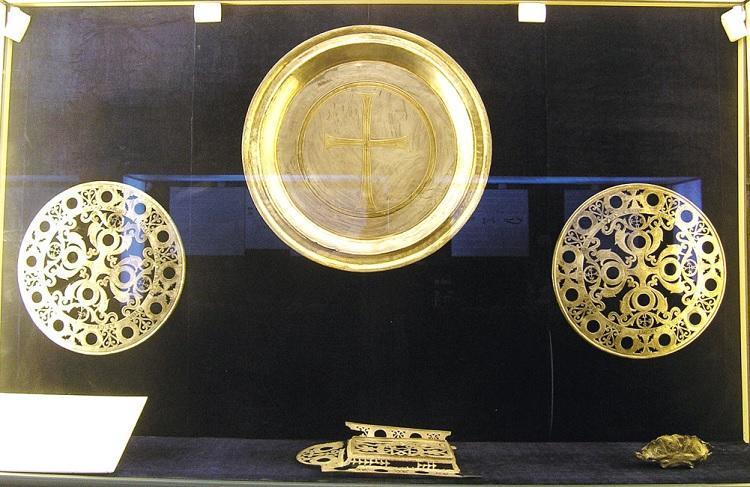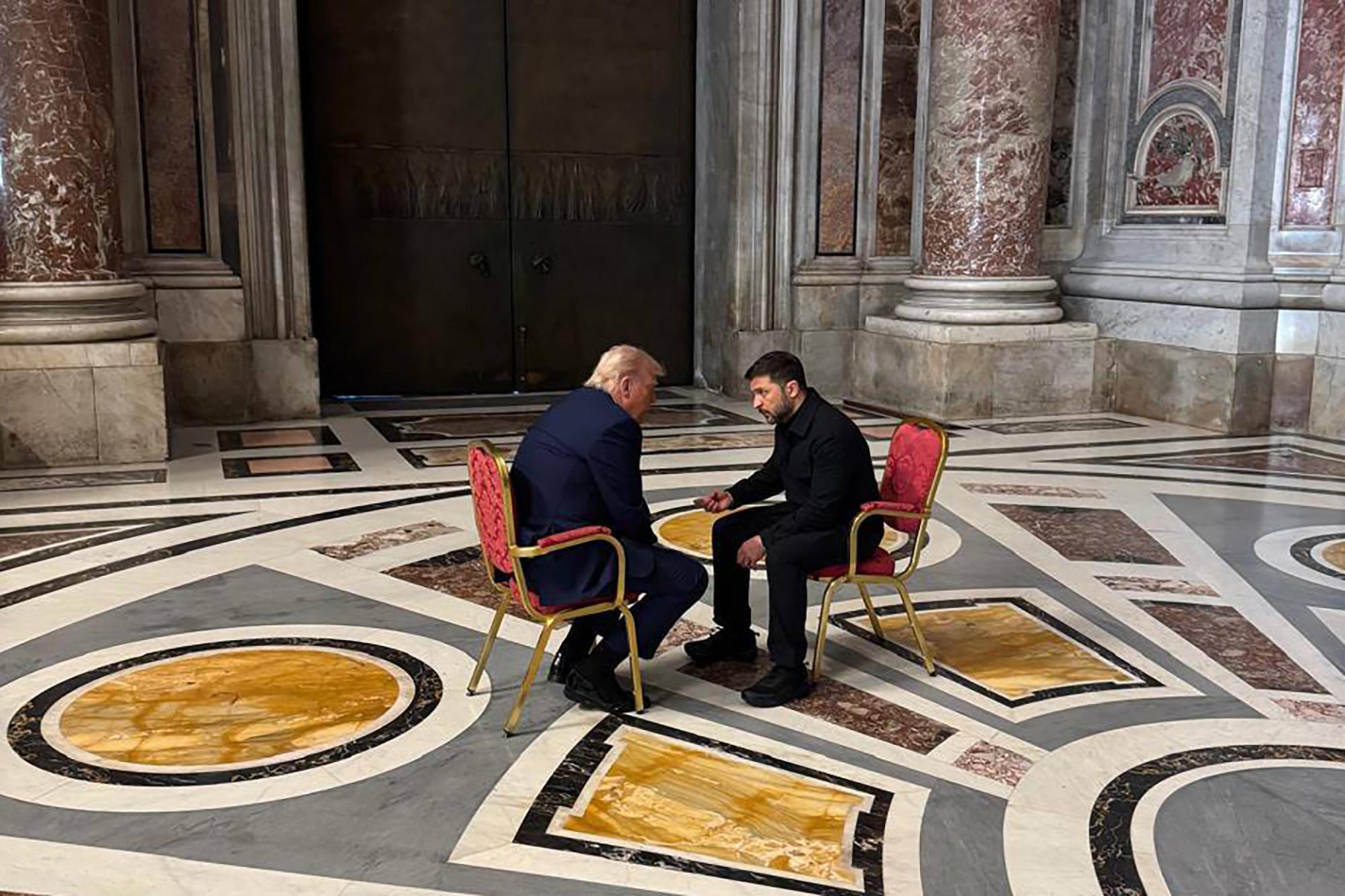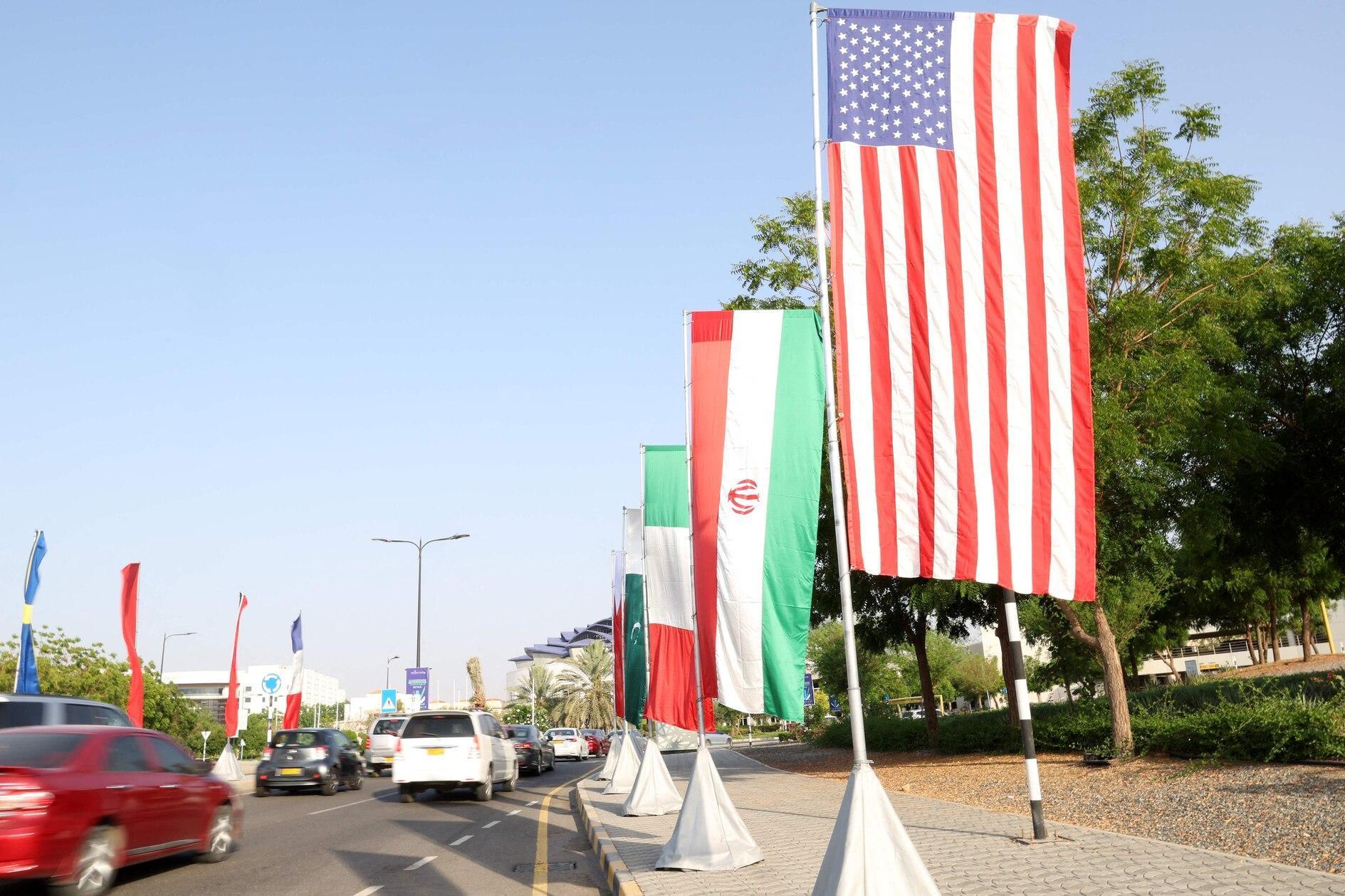Turkey takes initiatives to get back Sion Treasure
ISTANBUL

After managing to retrieve the nearly 1,800-year-old Lydian temple stele after a long chase of 23 years, Turkey’s Culture and Tourism Ministry has now embarked on a struggle to bring back the remaining parts of the priceless Treasure of Sion, which was stolen from the Mediterranean province of Antalya’s Kumluca district some 53 years ago.
The Sion Treasure came about by coincidence in Kumluca in 1963 when a villager’s foot got stuck in a hole while grazing her goat. It is thought that the treasure, which has stamps showing that it was made in Constantinople, modern day Istanbul, during the First Justinian Period of Byzantium, was given as a gift to the Sion Monastery by Bishop Eutykhianos.
The treasure is believed to be buried during the early seventh century when Sasanian invasions were followed by Muslim incursions. But most of the artifacts unearthed from the Byzantine Church ruins, believed to date back to the sixth century AD, were plundered and smuggled abroad.
Only a small part of the works was found and delivered to the Antalya Museum by gendarmerie forces.
Later, international smuggler Yorgo Zakos sold 18 pieces for $1 million to Robert Woods Bliss, a former diplomat who founded Harvard University’s Dumbarton Oaks Museum and gave the treasures to its complex in 1967.
Turkey had previously applied to the museum to obtain the artifacts in 1967 when it was revealed that the treasury was in the United States. But the museum rejected the requests on the grounds that the works were purchased on the “principle of goodwill.”
In 1973, the museum made an offer to take the works from Antalya to Boston to complete its repair and display the works in the museum for a period of 100 years. The offer was rejected by the Turkish authorities.
Later, a committee from Turkey met with those in the U.S., and the latest decision has resulted in some parts of the treasures’ return to Turkey. The Boston Museum of Fine Arts returned the top half of Weary Heracles, Greek for Hercules, to Antalya Museum.
Today, 37 pieces of the treasures have been housed at the Antalya Archeology Museum, but the remaining objects are still in Boston. If the museum does not accept the return of the remaining works, a court process that is likely to continue for many years seems inevitable, according to a report by daily Hürriyet.
















